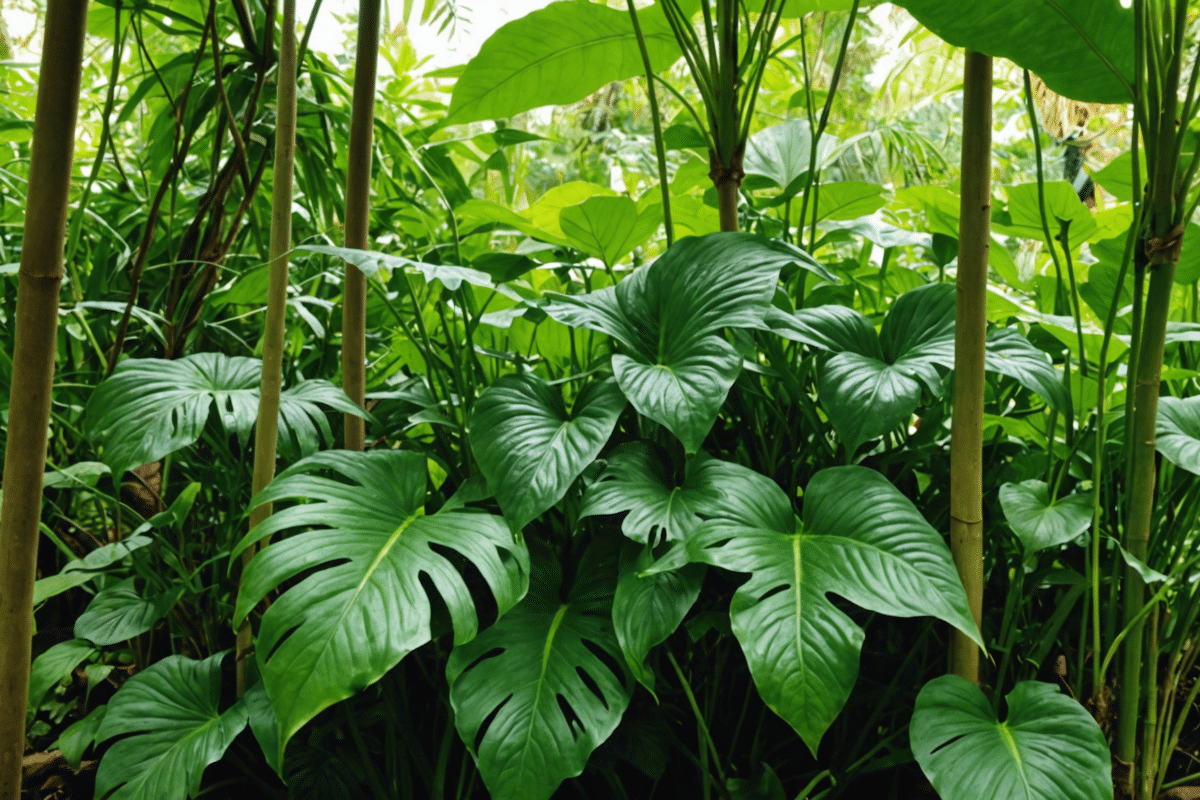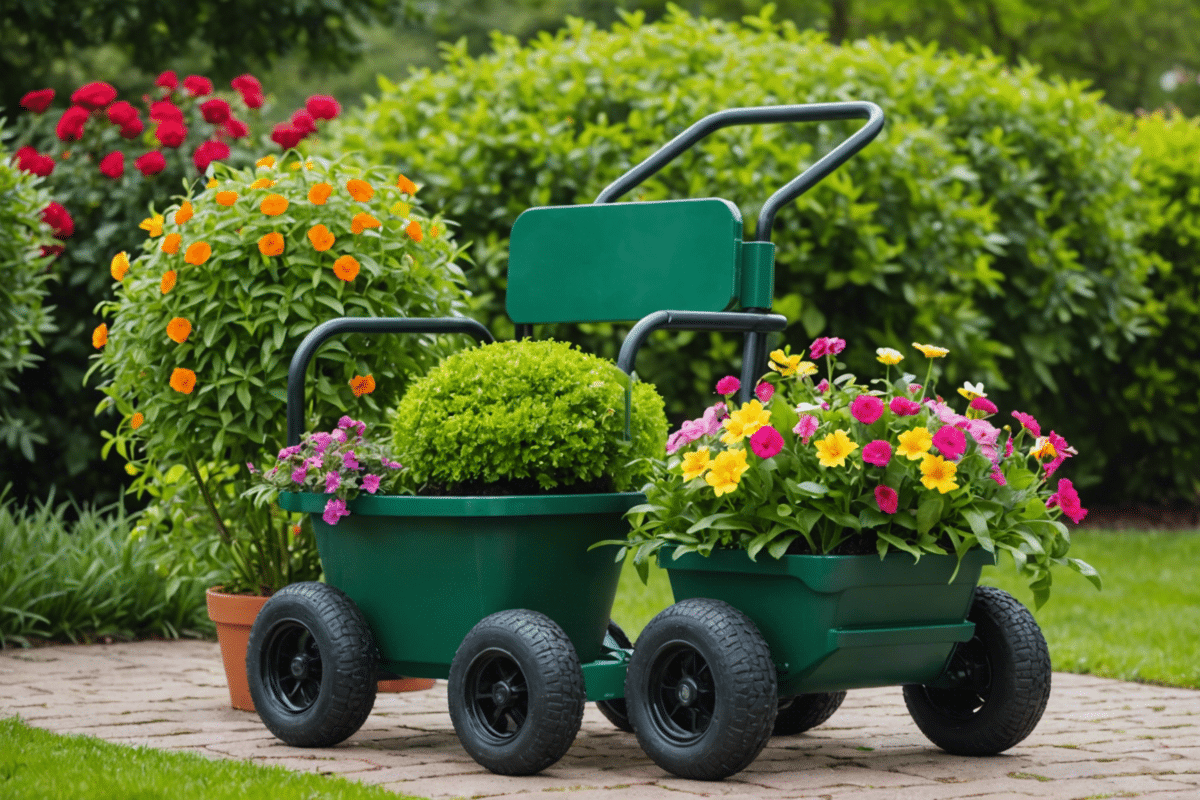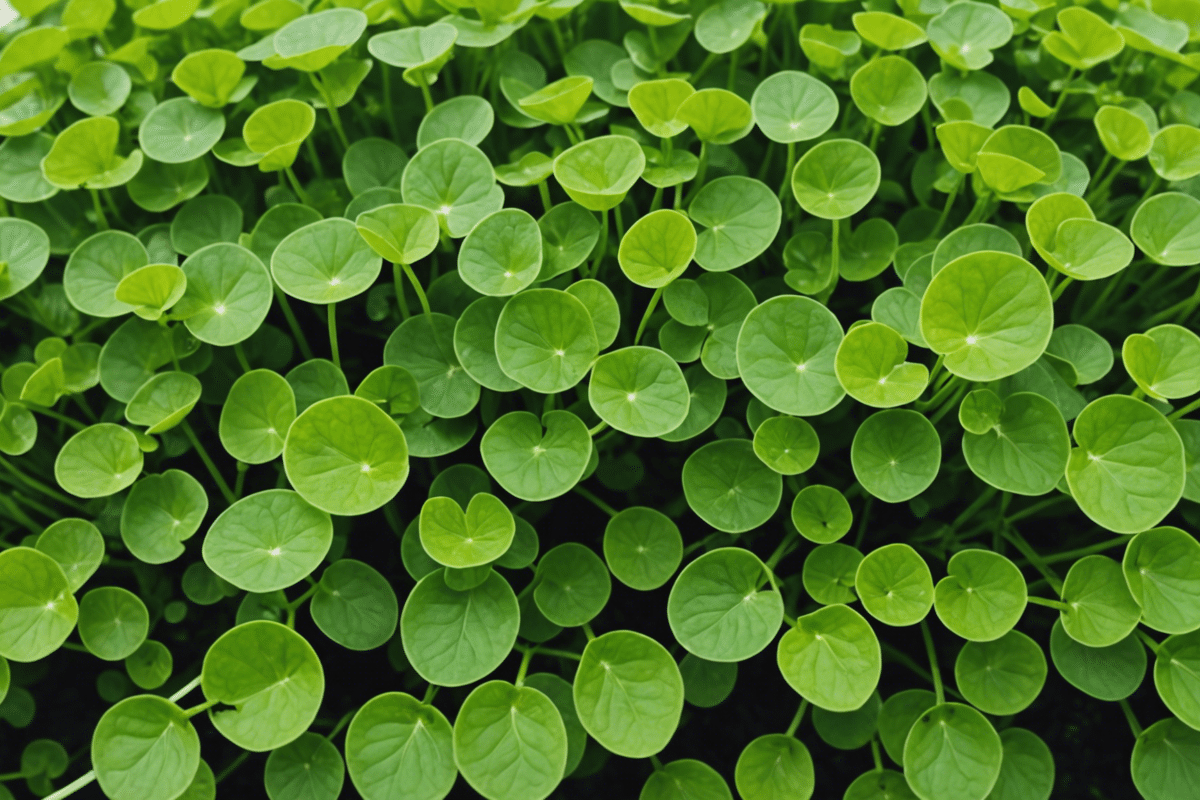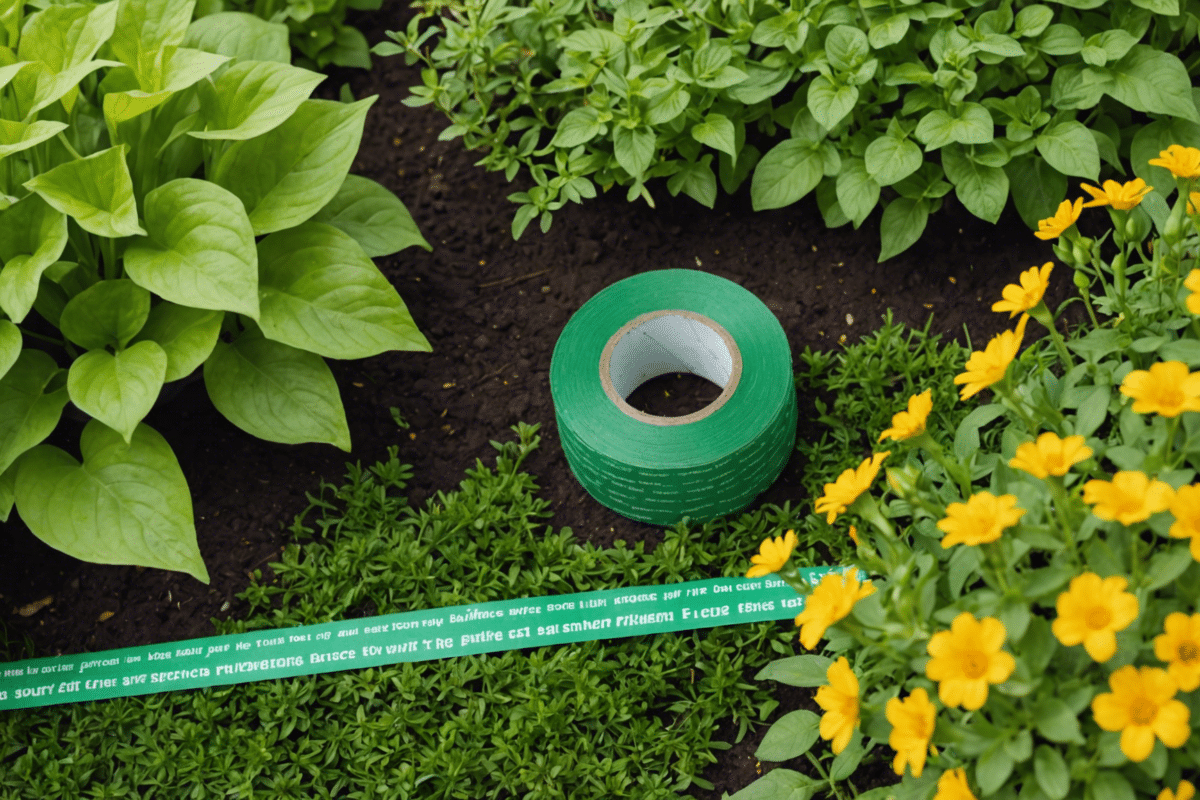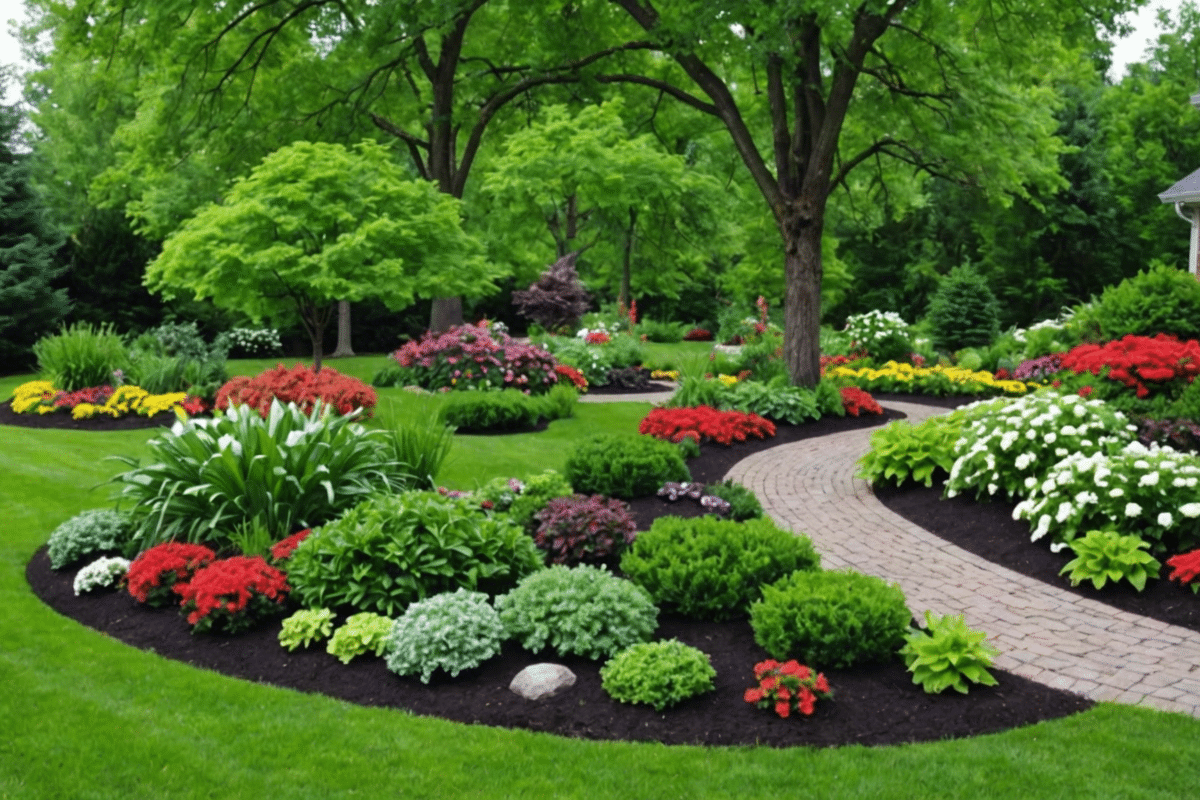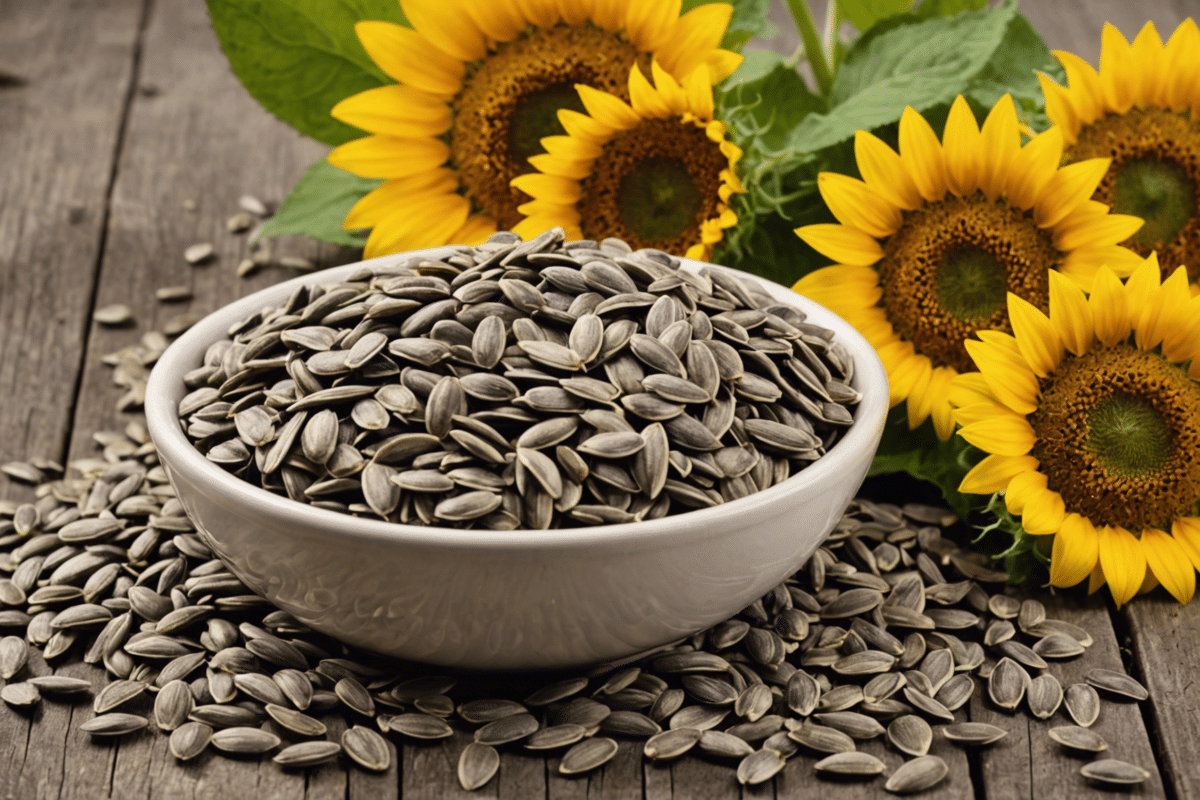Content
The journey from seed to sprout is a fascinating process, filled with biological wonders and a touch of botanical magic. At the heart of this transformation lies germination, a critical phase in the life cycle of plants. Understanding this process not only enriches our appreciation for nature but also enhances our ability to cultivate plants successfully.
The Science Behind Germination

Germination is the process by which a seed emerges from its dormant state and begins to grow into a new plant. This awakening is triggered by environmental factors such as water, temperature, oxygen, and sometimes light or darkness. Seeds contain an embryonic plant, tucked away in a protective casing along with a food reserve. When conditions are right, they activate and start consuming this stored energy to fuel their growth.
Water: The Spark of Life
Water plays a pivotal role in kickstarting germination. It softens the seed coat, allowing the embryonic plant inside to expand. This hydration also jumpstarts the metabolic processes within the seed. Enzymes awaken and begin converting stored food into energy for the growing plant. Research has even explored using atmospheric-pressure plasma treated water to enhance germination rates and seedling growth, showcasing the importance of water quality in this initial stage.
Temperature: Nature’s Incubator
Temperature acts as a signal for seeds, indicating whether it’s the appropriate season for growth. Each plant species has an optimal temperature range for germination. Too cold or too hot, and the seed will remain dormant. This natural thermostat ensures that seeds only sprout when conditions are likely to support their survival. For instance, persimmon tree seeds have specific temperature requirements that dictate the best time of year for planting.
Oxygen: Breathing Life into Seeds
Oxygen is another crucial element for germination. As seeds absorb water and swell, they begin to respire more actively, requiring a steady supply of oxygen to support their increased metabolic rate. This is why well-aerated soil is essential for successful germination; without enough oxygen, seeds can suffocate and fail to sprout.
Light or Darkness: The Germination Cue
While some seeds are indifferent to light conditions during germination, others require specific light cues. Certain species need exposure to light as a signal to break dormancy, while others must be in darkness. This adaptation helps ensure that seeds only germinate when they’re at or near the soil surface—where there’s adequate light for photosynthesis—or safely buried in darkness, protected from potential threats on the surface.
The Role of Fire and Biodiversity in Germination
In some ecosystems, fire plays an unexpected yet vital role in the germination process. Some species have evolved seeds that require exposure to heat or smoke to break dormancy—a phenomenon that underscores how intricately adapted plants are to their environments. These adaptations contribute significantly to biodiversity, as they allow plants to regenerate after bushfires and maintain healthy ecosystems.
Sprouting: A Nutrient-Dense Trend
Beyond natural ecosystems, humans have harnessed the power of germination through sprouting—a practice where seeds are germinated to eat them in their sprouted form. Sprouted foods are gaining popularity due to their high nutrient content and ease of growth at home. They pack more nutrients in every bite compared to their unsprouted counterparts and can be grown sustainably using heirloom seeds.
Germinating Unusual Seeds
The germination process isn’t uniform across all plant species; some have developed unique methods of breaking dormancy. For example, certain orchids produce dust-like seeds that lack a food reserve entirely—they rely on forming a symbiotic relationship with fungi to provide them with nutrients necessary for growth. Other plants may have seeds that require passing through an animal’s digestive system before they can germinate effectively.
In cultivating plants from seed to sprout, understanding these diverse mechanisms can greatly improve one’s gardening success. Whether it’s nurturing heritage vegetables or exploring unusual germination methods, each step taken towards mastering this process brings us closer to nature’s rhythms and secrets—allowing us not only to witness but also participate in the miraculous cycle of life.







